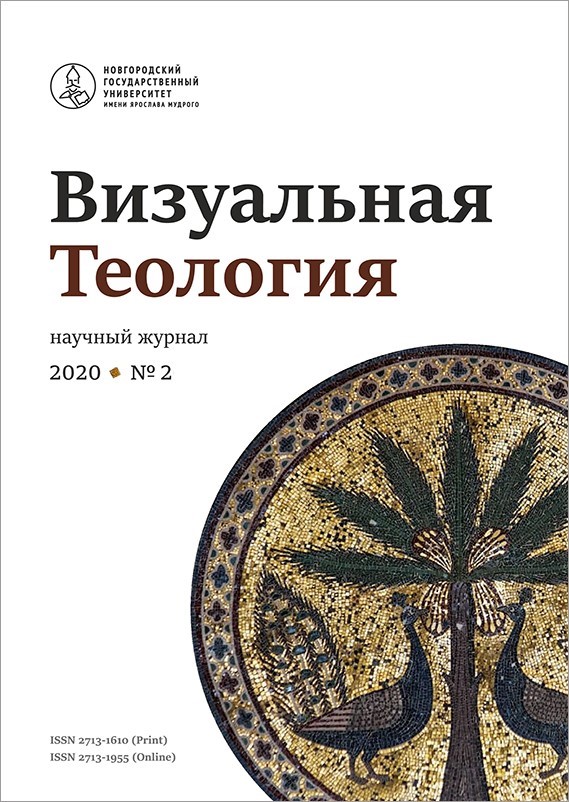Sacred Topics of Russian Cities (8). On the History of Russian Overgate Churches
Abstract
This publication continues a series of articles devoted to the study of the traditional Russian city as a religious visual semiotic system. The article shows the list of Russian overgate churches built in the period from the 11th to the 21st century. This catalog allows assessing the intensity of the construction of such temples in different historical periods. The maximum number of built overgate churches belongs to the 17th century, and the highest rate of their construction – to the 21st century. The article also presents information about the dedication of Russian overgate churches, taking into account the fact that the dedication of the same churches could change. Most of the churches are grouped by category of dedication: prophets, apostles, saints, holidays, and icons. In addition, information about the time of the construction of such churches in Veliky Novgorod and about the territories culturally gravitating towards it is presented as an example of the local history of overgate churches. Here the churches are divided into two categories: urban and monastic. In conclusion, there is a brief analysis of the overgate church as an element of urban space. With this the author uses the ideas of Aldo Rossi about the semiotic role of an architectural structure as a sign of a historical event, about the relationship between architectural composition and cultural style, about the meaning of the syntactic position of a building in an urban text, about the visual semiotics of a city as overcoming of own boundaries of architecture. In this context, both overgate church and sacred composition in which it is included turn out not only to be material objects, religious architectural structures, works of art of a certain era, objects of aesthetic attitude, but also semiotic constructs, signs and texts, visual messages and testimonies, as well as forms of visual confession of the deepest worldview beliefs.


